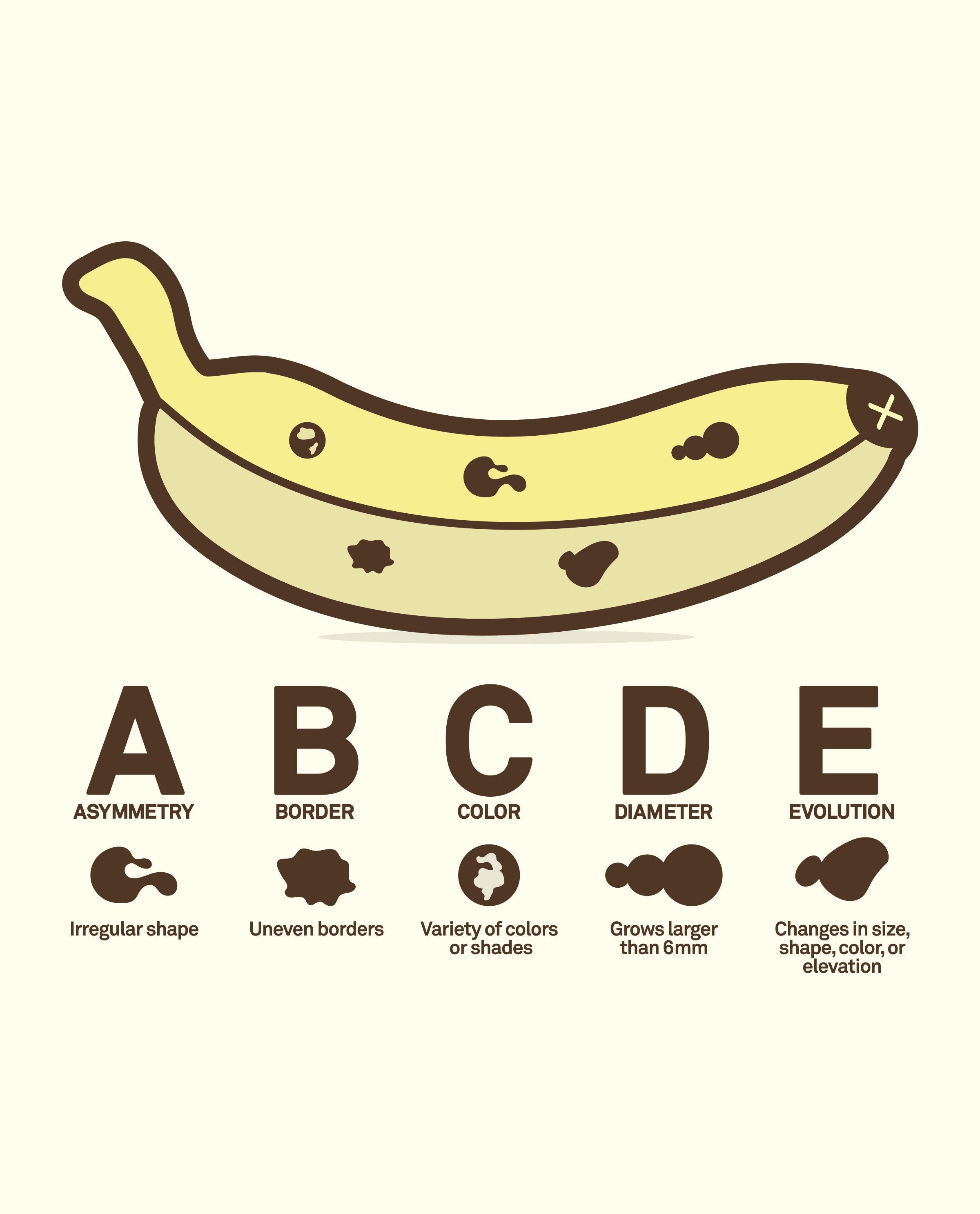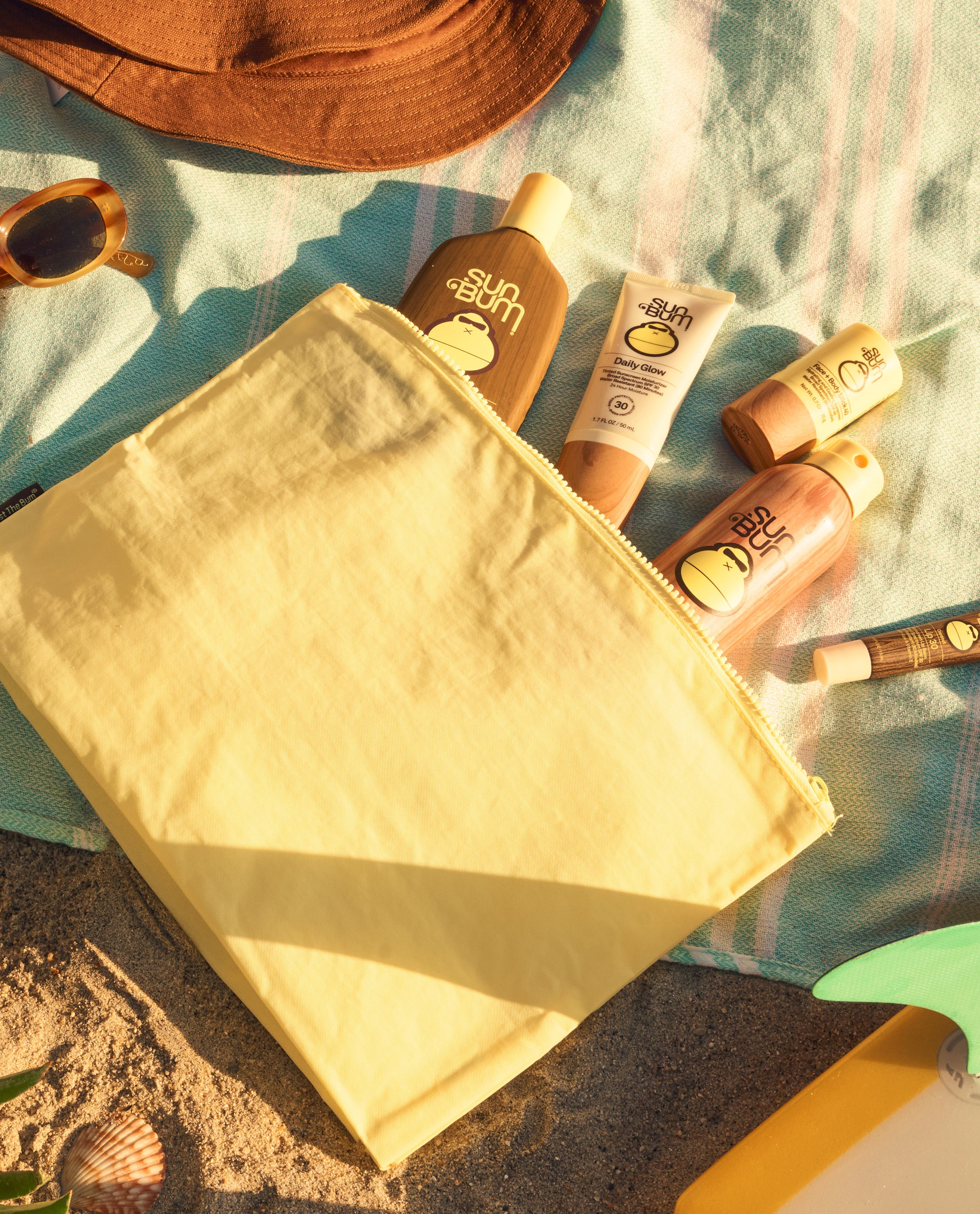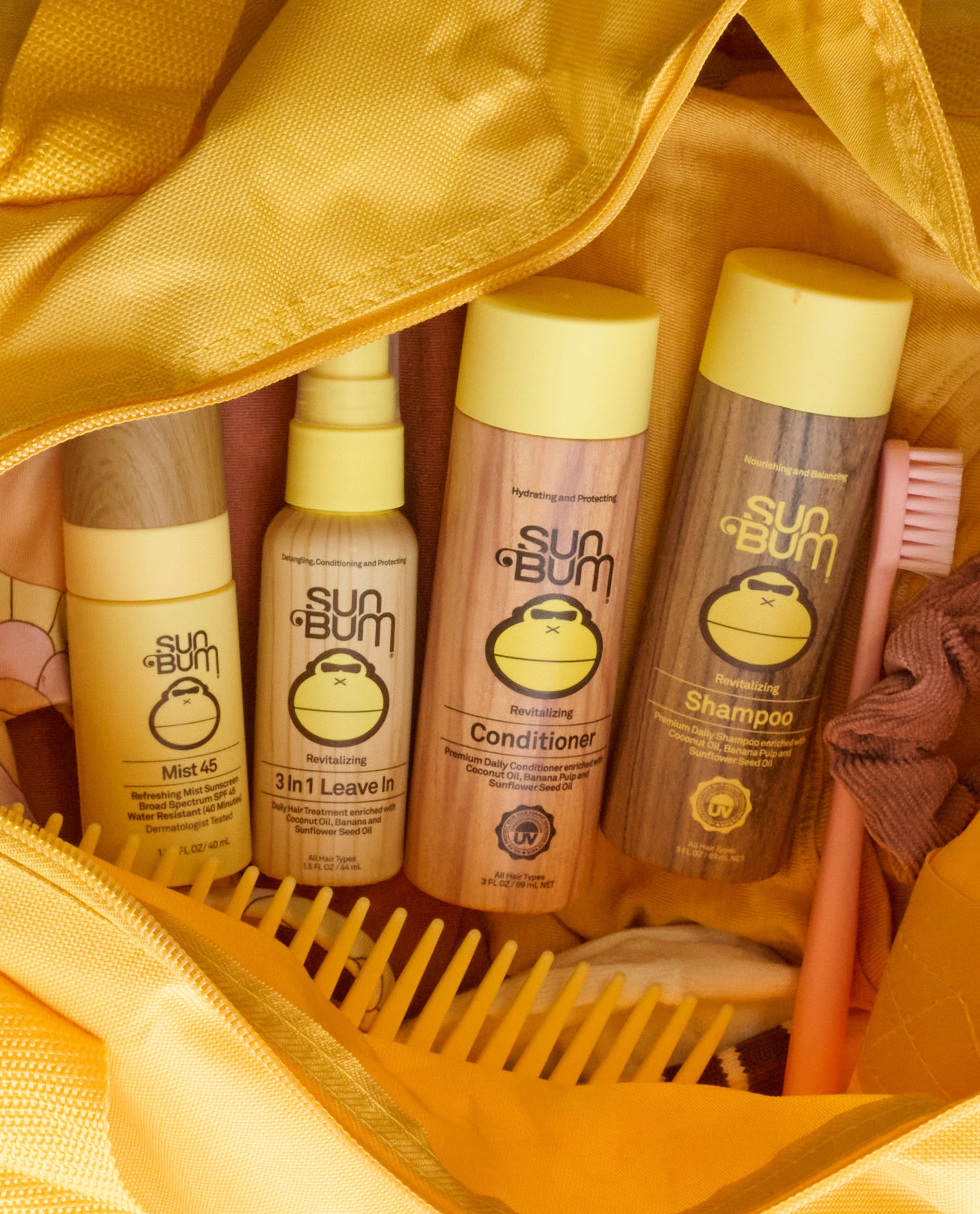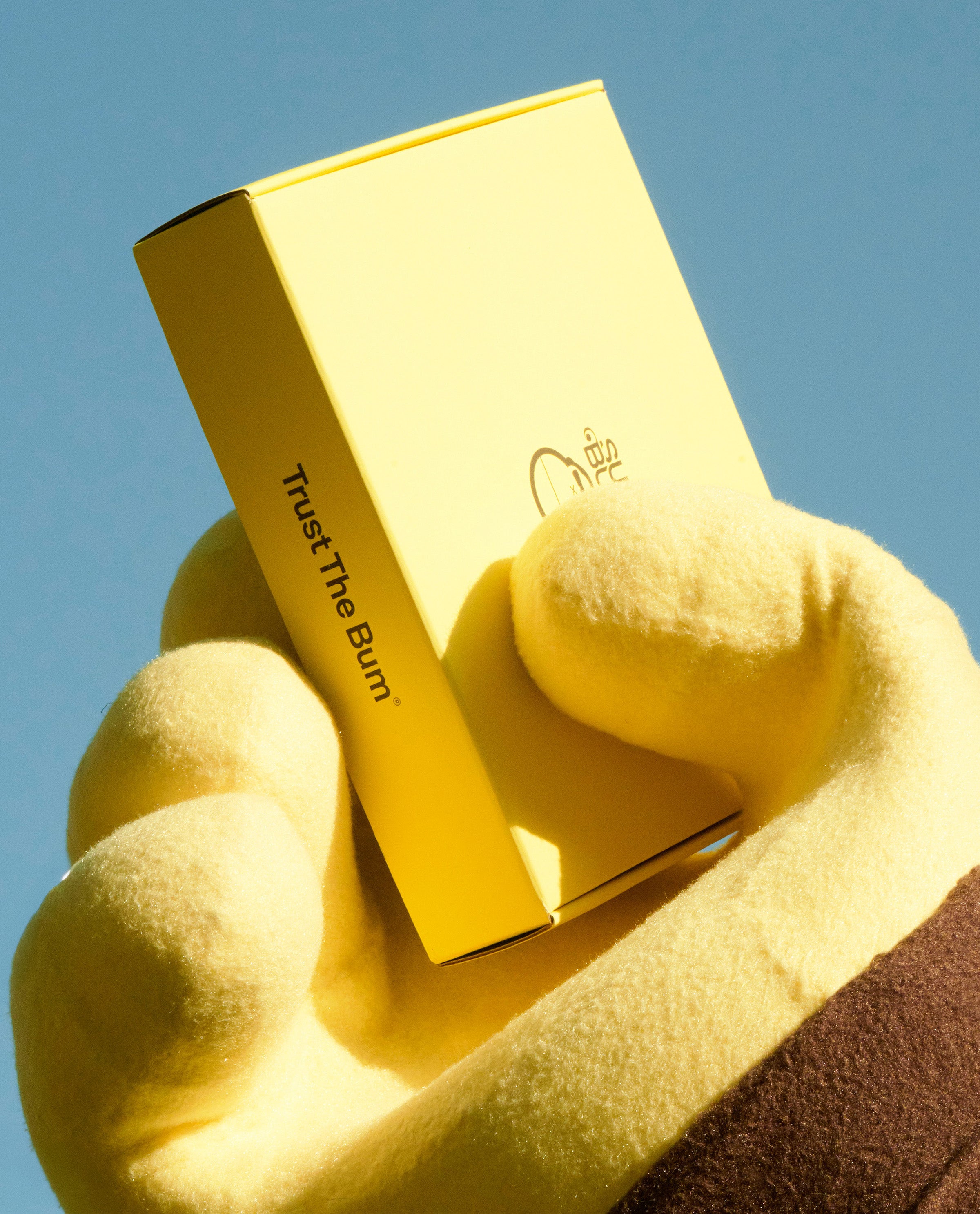How Does Sunscreen Work?
How Does Sunscreen Work?
You slather it on before your big day at the beach, confident that it will help prevent you from developing a painful sunburn the next morning. But how does sunscreen actually work on your skin? Let’s explore the different types and the science behind sunscreen’s remarkable ability to keep us relatively protected from the sun’s almighty rays.
Types of Sunscreen
Sunscreens fall into two camps, primarily based on their core active ingredients:
- Mineral sunscreens, which protect the skin’s surface by reflecting the sun’s rays.
- Non-Mineral sunscreens, which protect the skin by absorbing the sun’s harmful rays.
In some cases, sunscreens combine both types of active ingredients (mineral and non-mineral) to help receive the benefits of both.
Mineral
If you’ve purchased a mineral sunscreen in the United States, it likely contains either Titanium Dioxide and/or Zinc Oxide. Both TiO2 and ZnO are white powders that can be synthetically altered. These ingredients can also be coated or uncoated, which aids in formulation. Titanium Dioxide protects against UVB rays while Zinc Oxide provides protection against both UVA and UVB. Zinc Oxide is not the only FDA-approved ingredient that provides broad spectrum protection, but it is generally regarded as the most effective.
Non-Mineral
Non-mineral active ingredients are designed to protect against UV radiation.
A few of the most commonly used active ingredients in non-mineral sunscreens include: Avobenzone (effective in absorbing the sun’s UVA rays), Octisalate, Octocrylene and Homosalate (protect against UVB rays).
How Mineral Sunscreens Work
Remember the days when we’d cover our noses and cheeks in a thick, white paste before venturing into the great outdoors? New additives in recent years help make these products more “sheer” with less “white-cast,” but the functional principles behind mineral sunscreen remain the same. Mineral sunscreens reflect or block the sun’s harmful rays before penetrating the skin. This applies to both UVA and UVB rays, but make sure your mineral sunscreen is labeled as “broad spectrum” before purchasing.
How Non-Mineral Sunscreens Work
Non-mineral sunscreens take a different approach to saving our skin. Homosalate, Octocrylene, Octisalate, and Avobenzone absorb UV rays by converting them into heat and sending them right back out to where they came from (absorbs approximately ~95%+ of UV rays).
What Does SPF Mean?
SPF literally means “Sun Protection Factor” and is based on the varying levels a sun care product — if applied exactly as directed — will protect you from the harmful effects of UV radiation versus using no sunscreen at all. For example, SPF 30 protects a user from 96.7% of the sun’s harmful rays. This means it will take about 30 times longer for your skin to redden from sun exposure. Likewise, SPF 50 sunscreen protects you from 98% (only 1.3% percent more) of the sun’s UVB rays, resulting in 50 times the protection than without sunscreen. An SPF rating of 70 (98.5% protection) means you’re now 70 times more protected. SPF math! How to ensure you’re also protected from UVA rays? Make sure your sunscreen is “broad spectrum.”
Is Sunscreen Safe?
It’s largely agreed that using sunscreen is safer for your skin than using none at all. Which sunscreen is right for you is a matter of personal preference. Mineral sunscreens tend to be better for those with sensitive skin or skin conditions. Non-mineral sunscreens tend to be more lightweight, sheer and easy to wear. One thing is for certain: both are better options than sunning au naturale.
How Often Should You Reapply Sunscreen?
If you're wondering how often to reapply sunscreen, a general rule is to reapply every two hours if you’re active and outside. If you’re spending extended time in and out of the water, you want to reapply more frequently. Keep in mind that sweat is water so if you’re active outside, be mindful of your sunscreen’s water resistance claim and reapply accordingly.
FAQs About How Sunscreen Works:
How Long Does SPF 50 Last?
The two-hour rule is your best indicator for when it’s time to reapply a coat of sunscreen. If you’re dropping cannonballs in the pool for an hour straight, you might want to reapply sooner.
Does Sunscreen Over 30 SPF Really Work?
The SPF number tells you how long the sun’s UV radiation would take to redden your skin when using the product exactly as directed versus the amount of time without any sunscreen. So ideally, with SPF 30 it would take you 30 times longer to burn than if you weren’t wearing sunscreen. Going beyond that, a sunscreen with a rating of SPF 50 or 70 increases that protection to 50 and 70 times, respectively, but no sunscreen provides 100% protection from the sun’s rays.
Do You Still Tan With Sunscreen?
The effects of tanning are simply your body protecting itself from the sun’s harmful rays. So, to be clear: there is no such thing as a “healthy” tan. At the same time, there is no sunscreen — mineral or non-mineral— that provides 100 percent protection from the sun. So, prolonged exposure to the outdoors, even with sunscreen, can still result in the eventual darkening or tanning of the skin.




















